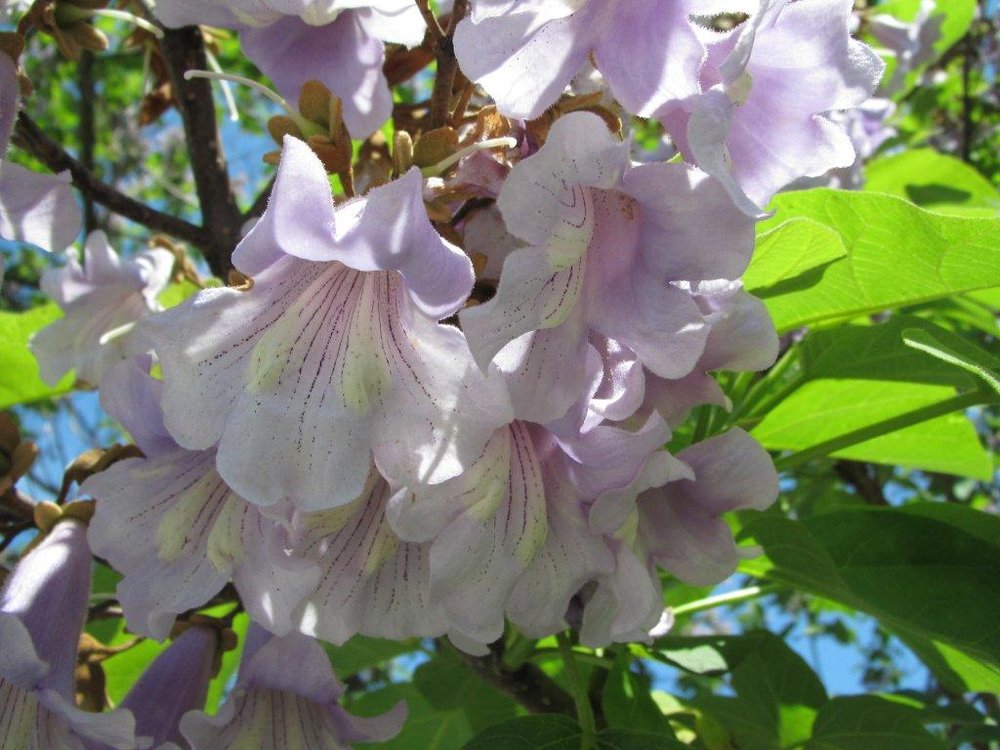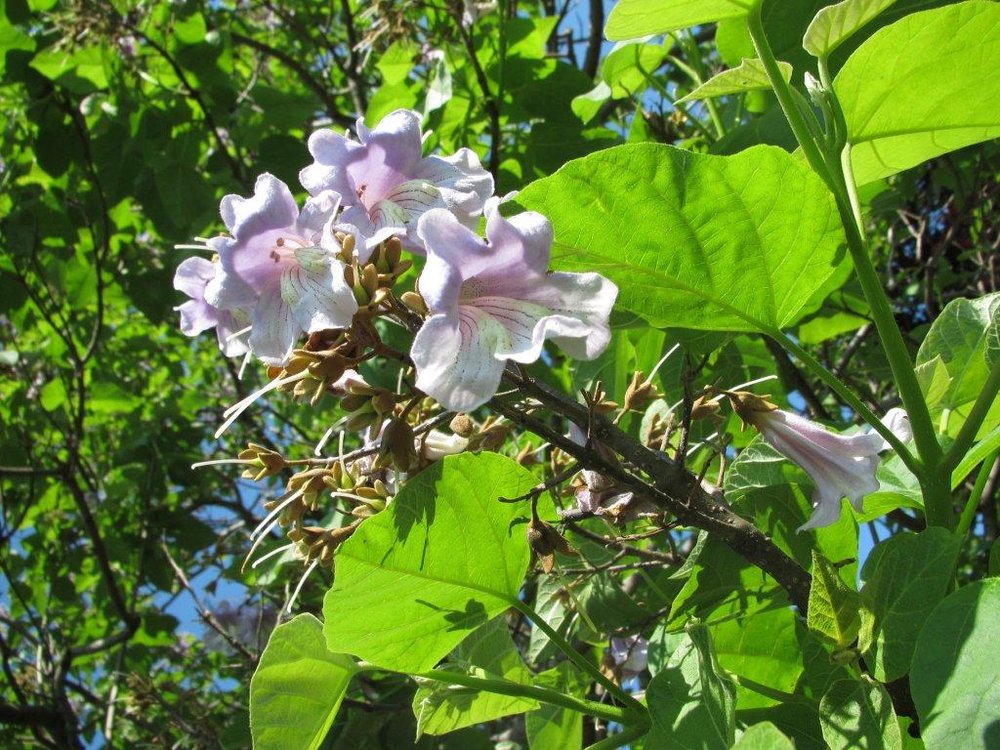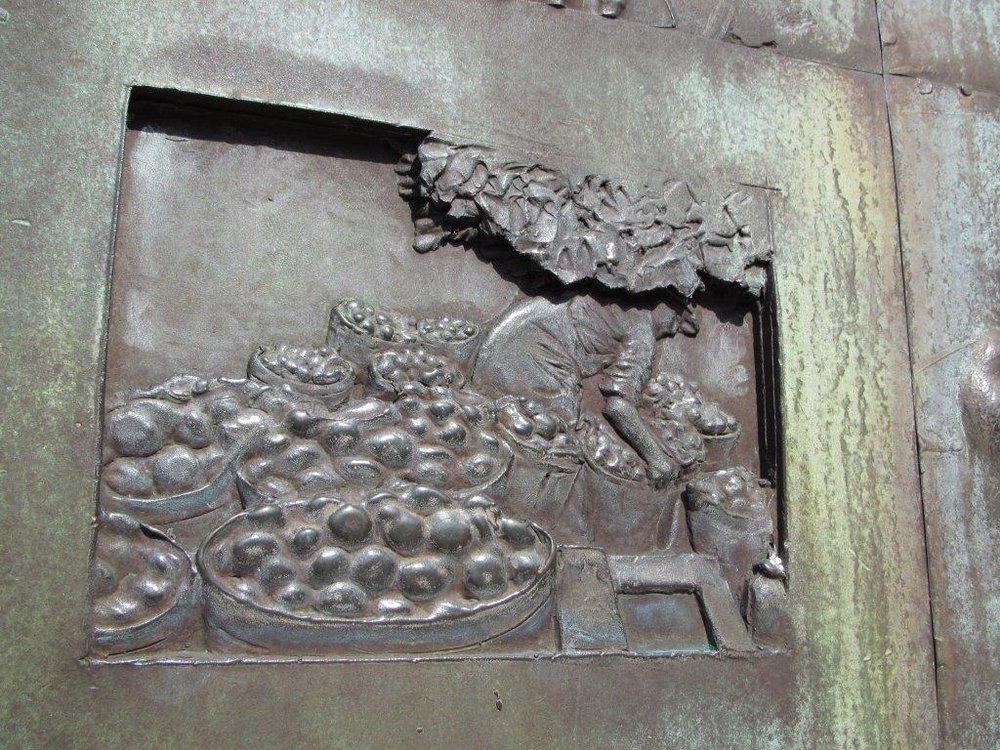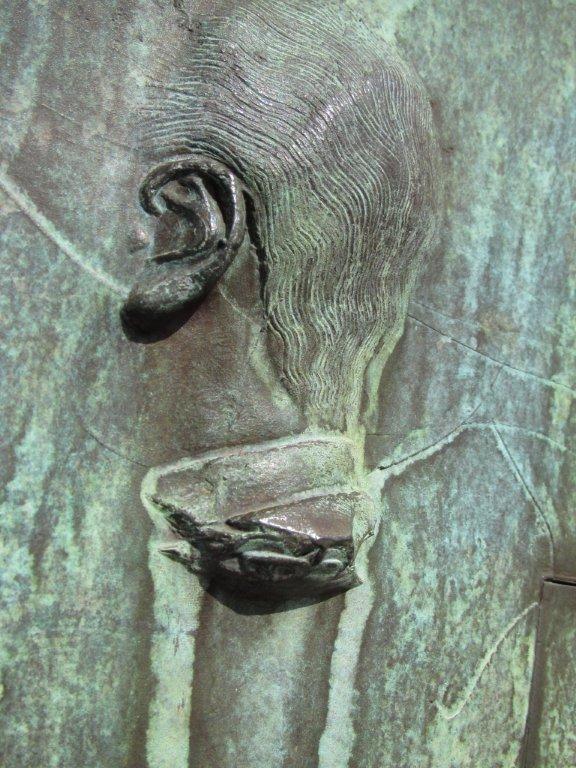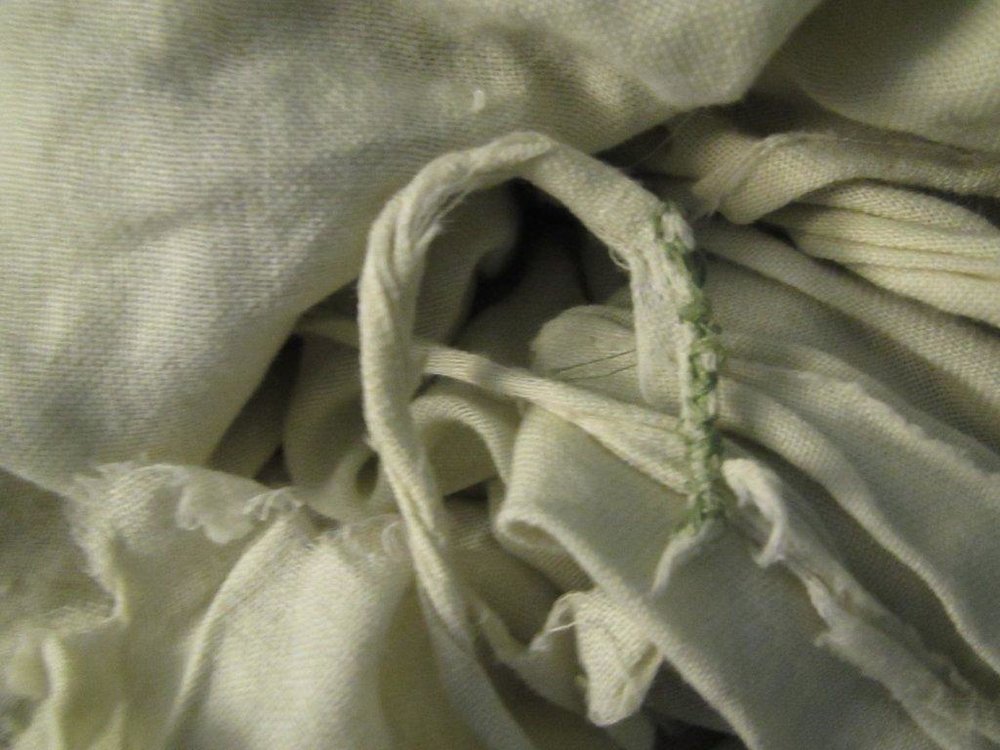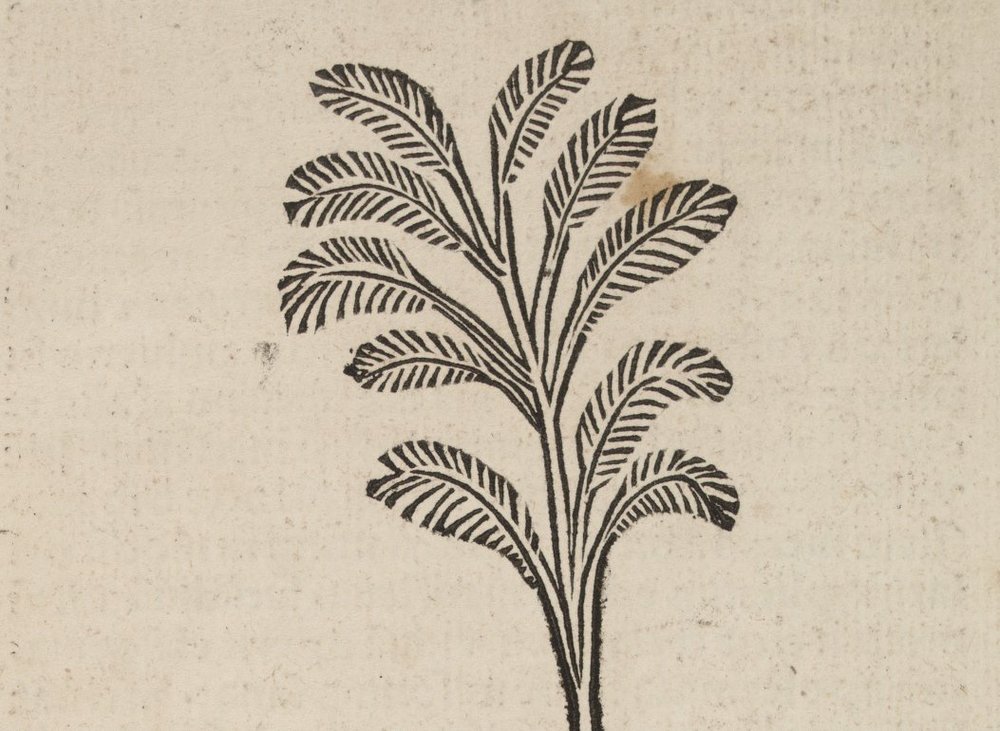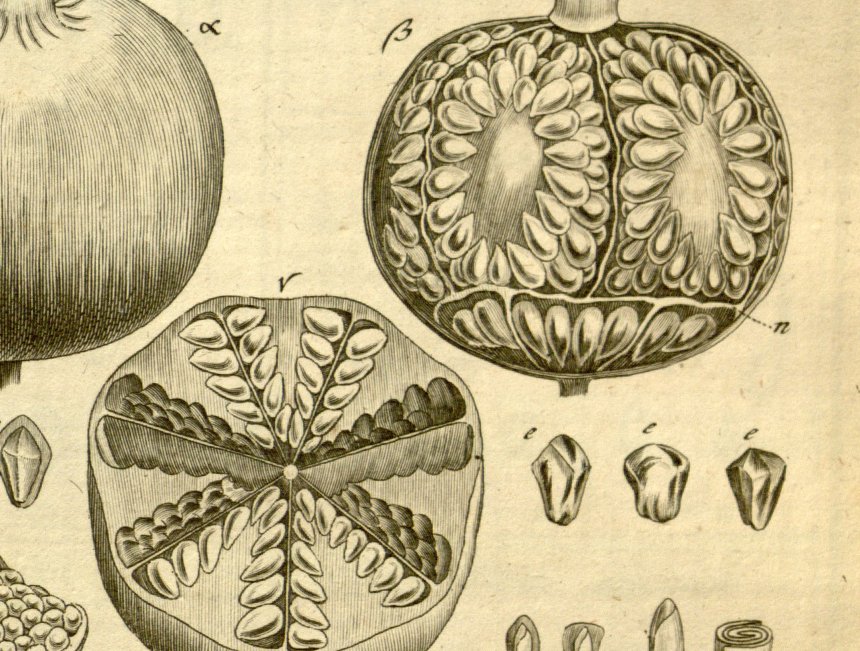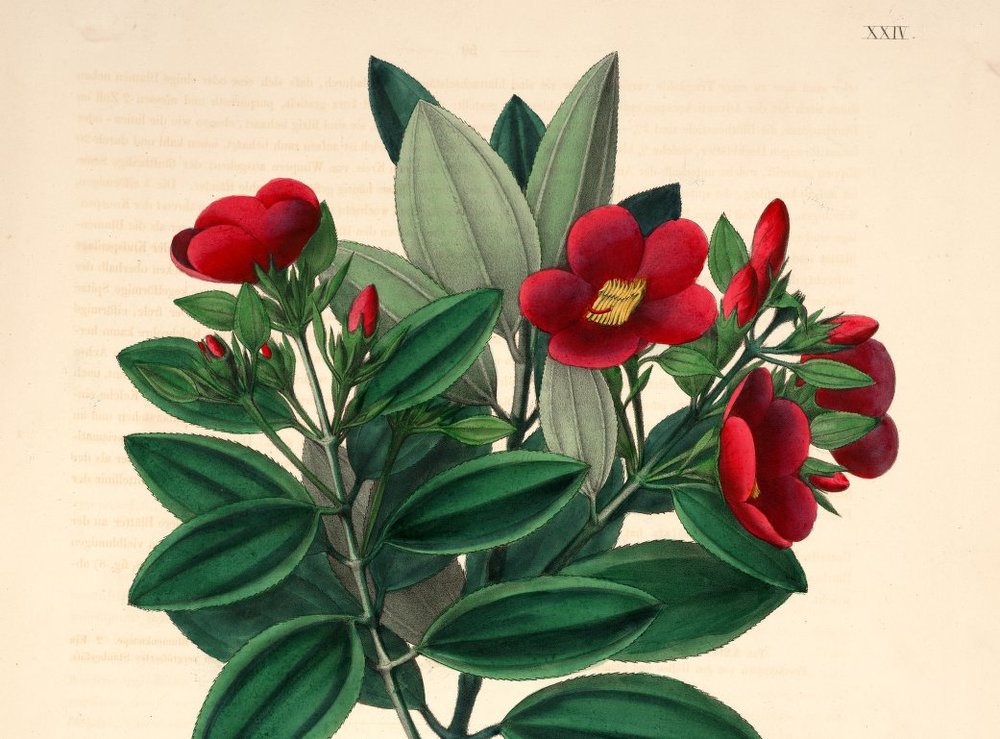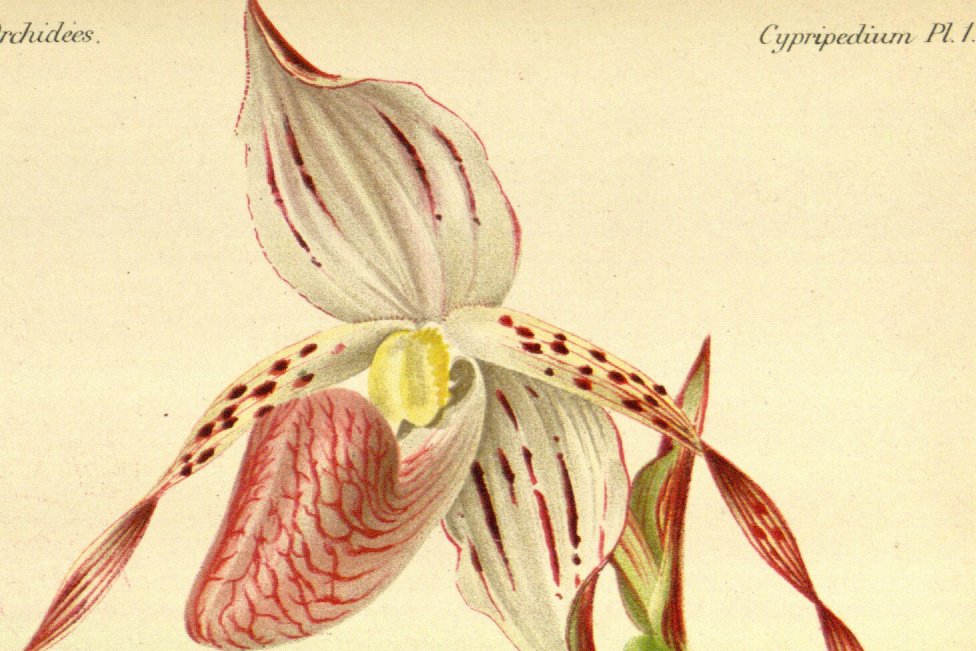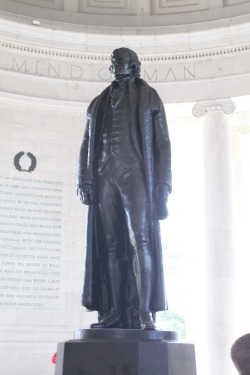10 Years Ago – In July 2002
/Many years ago I started collecting headlines/news blurbs as a way of honing my reading of news. Over the years, the headline collection has been warped by the sources of news I was reading…increasingly online. Reviewing the July 2002 headline gleanings - I forced myself to pick 10.
- "Power Nap" Prevents Burnout; Morning Sleep Perfects A Skill
- AIDS will claim 70 million by 2022
- U.S. millionaire Steve Fossett became the first solo balloonist to circle the globe nonstop
- The monuments of ancient Egypt may have stood for thousands of years in the desert sands, but now they face a new threat -- from rising groundwater.
- There are approximately 100,000 more wild flowering plants in the world than previously thought
- Sesame Street to introduce HIV positive muppet
- Weeks into the state's effort to kill every deer in part of southwest Wisconsin to halt an outbreak of chronic wasting disease, wildlife officials still don't know how they're going to dispose of the tens of thousands of carcasses.
- Glowing lava set trees afire and oozed into the ocean before dawn Saturday as thousands of spectators braved Kilauea Volcano's scalding spray to witness the spectacle.
- Sea temperatures around Australia's Great Barrier Reef reached record highs this year, doing major damage to the world's largest living entity
- During excavations last week at a Roman era palace in Butrint, Albania, researchers working in an upper level reception hall found a tiny ivory object dating to 465 AD. They believe it is Europe's oldest known chess piece.
As usual - the list is heavily skewed toward science and technology although the two about HIV/AIDS reflect how prominent that topic was in the news 10 years ago this month.


